Ned Breslin: The Invisible Indian Indicator — On The Main Road and In Plain Sight
From a recent trip to rural India, Ned Breslin describes that moment when staff and partners made the jump to Everyone, highlighting the difference between counting beneficiaries like sheep and finding a particular community that signified that the ambition of everyone had been reached.
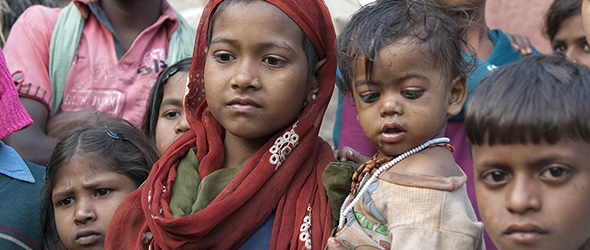
Last month, I was in Bihar, the 12th largest state in India by geographic size, but the third largest by population. It is very far to the east, bounded by Nepal to the north, and the holy Ganges River flows from west to east through the center of state. Though Bihar trails many other Indian states in terms of economic development – attributed partly to distorted policies of the central government – recent headlines boast of increased infrastructure investments, better healthcare and education, amplified empowerment of women, and improved governance, which includes Bihar being named the “least corrupt state” in a 2011 book by a pair of economists.
Along those lines, I was meeting with the head of the District Development Commissioner’s office in Sheohar, a mostly agricultural district with roughly the same population as Vermont. He loved our EVERYONE FOREVER program, and he hoped that Sheohar could become a model for the state, and perhaps even for the country, in terms of access to clean water and sanitation.
This ambitious project attempts to ensure access to clean water and sanitation for everyone forever, and our field teams do their best to reach literally everyone: those that are often the last to be reached, or, worse, those who are so often left behind, since the same communities seem to always get left out when infrastructure dollars are spent.
The one thing that has most intrigued and inspired me about EVERYONE FOREVER is how our field staff finds the one person or a community of people that marks success for the program in a given region. It’s that “aha” moment when they link the challenge of Everyone with a particularly hard-to-reach community or person.
After a successful meeting in Sheohar, we had not yet identified that community or person that made it all click for staff and partners. But, as we were heading back to our hotel in another district (because there are no hotels in Sheohar), we had traveled only 1.5 kilometers (not even a mile) from the District Development Commissioner’s office on the main road, when we found ourselves passing what seemed like an endless stream of Dalit communities – people traditionally believed to be “untouchable.”
Historically, the Dalit held occupations such as butchering and waste removal, including latrines and sewers. These jobs were thought of as “impure” and polluting to the individual. Since this “pollution” was thought to be contagious, the Dalit were segregated from the rest of the population. Today, the Dalit make up more than 15 percent of India’s population, and many have been elected to high government offices after great strides have been made to improve their socio-economic conditions. However, prejudice against them lingers, especially in rural areas like Sheohar, where they seemed to be segregated into their own micro-villages.
What startled me was that they were right there, on the main road. They were not hidden on some distant dirt road, but right there, in plain view. Dark complexions, round faces, big eyes. Smiling, laughing, some carrying water. The residents of these villages were not small in numbers; there were many of them. And they were not hard to miss as we drove by; they were pretty much everywhere – children were playing on the side of the road, parents were walking back and forth across the roads and in front of our cars.
And that is what is perhaps saddest about the Dalit community – they are invisible, yet, here they were, in plain sight.
What do I mean by invisible?
It’s true that development agencies – both before and after my visit – have made the trek to the District Development Commissioner’s offices in Sheohar. They have talked about development in the district and the need to eradicate the poverty that plagues Bihar, one of India’s poorest states. They have talked grandly about the poorest of the poor and the triple bottom lines – words that roll off their tongues and are particularly appreciated at social entrepreneurship gatherings.
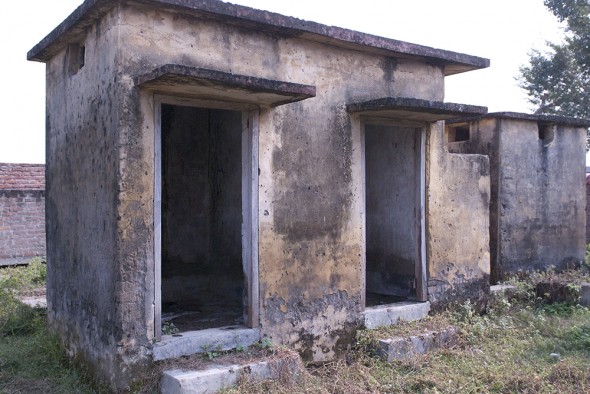
But, as we pulled off the road to speak with members of these Dalit communities, we didn’t see any of these concerned development workers. It would seem as if every time that a development agency had come out here, they, like us, should have been able to see these communities that were in plain sight. But somehow they had just passed on through, talking grandly about helping the poor, too blind to see what was here, on the main road.
As we stopped to speak with the residents of these Dalit communities, it was made pretty clear to us that having people stop was rare. And that, even if someone did stop, they didn’t stay for very long… and they definitely didn’t come back.
We visited a broken public latrine with shit everywhere. The latrine was installed years ago (nobody was quite sure when) and then left unmonitored. No management system was in place for that public facility. The job was done — a toilet was built, money was spent — and a success report was written to donors declaring that the poorest of the poor were targeted and helped. But the impact of that project must have been inconsequential to that particular crew of development experts, as I am sure they speak of the bottom of the pyramid often, because they couldn’t be bothered to check back in. They were too busy, having long since moved on to the next project that would be built and not monitored.
Our Water For People: India staff was still quite shaken as we climbed back into our cars at the end of the day, several hours after we had first set out for our hotels. As we drove away, it happened – the field team had found their Everyone indicator. They were outraged that Indians, like them, lived like that and that nobody seemed to care. They expressed things like, “How can we call ourselves a developed country when we as a country do not care about Dalits?” and “I am ashamed to hug my daughter, as she is no different from that girl who held my hand today.”
“They are our EVERYONE,” one staff member declared o the Dalits we had met that day. “We are not successful until we make sure projects in those communities succeed and last FOREVER.”
Debate over.
EVERYONE FOREVER was made clear that day in Sheohar. Not because of a policy document or a framework on equity and inclusion (ugh), but because a little girl in a forgotten Dalit community had held my colleague’s hand. She touched him deeply and shifted an entire country’s program.
Ned Breslin
Follow Ned Breslin on Twitter.
This is the fourth in a multi-part series in which Ned Breslin discusses NGO success indicator models and their alternatives. Read Part I, Part II, Part III. Sign the EVERYONE FOREVER commitment here.


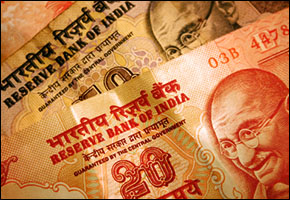
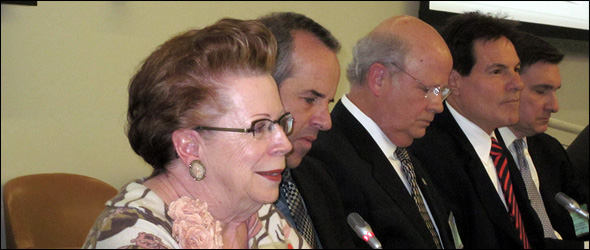
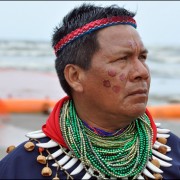

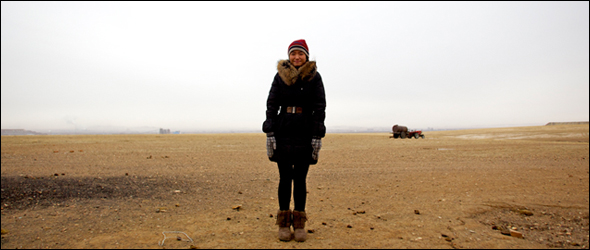


Leave a Reply
Want to join the discussion?Feel free to contribute!